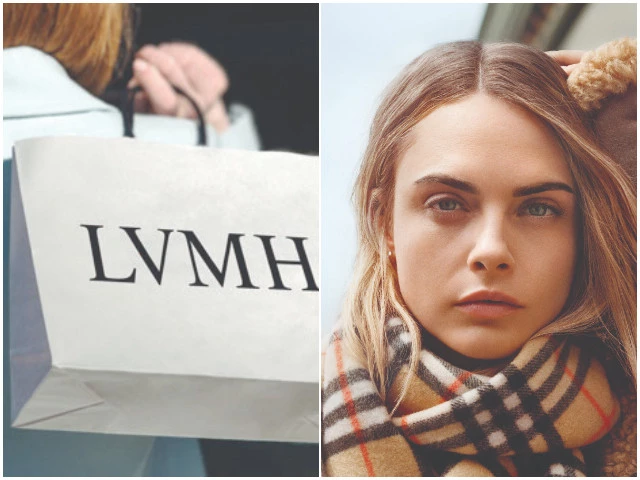Luxury’s price spiral comes full circle
.

The global luxury goods sector, long defined by rising prices, booming demand and an aura of exclusivity, is entering a moment of reckoning as new forecasts suggest a modest revival in 2026 while warning that years of aggressive mark-ups have left buyers feeling alienated and even ‘betrayed’.
Bain & Company’s latest study, produced with Italian luxury group Altagamma, says the industry is expected to grow by 3% to 5% next year after stagnating in 2025, helped by steady momentum in the United States, resilient consumers in Europe and Japan, and gradually improving conditions in China.
But the consultancy argues that persistent price hikes have pushed traditional buyers away and tested the patience of the ultra-wealthy, who now question whether escalating costs are matched by creativity or value.
Bain partner Federica Levato said brands had narrowed their focus too sharply on top-spending customers, who themselves are displaying frustration at rising prices and what they view as insufficient innovation in products and design. She noted that some houses recognise missteps but believe heightened creativity at current price levels can repair damage, a conclusion Bain strongly disputes.
The downturn in affordability has shrunk the global luxury customer base significantly, falling from around 400 million people in 2022 to roughly 340 million this year, with another potential loss of 20 to 30 million shoppers ahead, according to the report. Even heavy spenders, who generate nearly half of the €358 billion personal luxury market, have plateaued in their purchases over the past year.
Levato said the industry’s price strategy had carved out a void in the middle of the market, leaving space for American companies offering more accessible products and challenging the dominance of long-established European labels. This gap has also shut out younger consumers, whose cultural influence far outweighs their budgets and shapes the spending patterns of older generations.
Signs of industry introspection are emerging, with Kering chief executive Luca de Meo telling staff in a memo that the group must reassess its pricing and product strategy after years of increases. The broader slowdown has also left brands sitting on growing inventory, with stock-to-revenue ratios rising several points since 2019, pushing Bain to recommend outlets and off-price online channels to manage excess goods.
Many labels remain cautious about discounting for fear of diluting their image, while the destruction of unsold products is prohibited under European Union sustainability rules, adding further strain to inventory management. Forecasting future demand has become more difficult as geopolitical volatility, shifting US trade policies under President Donald Trump and continued uncertainty over China’s economic direction cloud the outlook.
Bain, which cut its 2025 forecast heavily last May to a potential decline of up to 5%, now expects the year to finish largely flat. Investors have responded positively to signs of stabilisation, sending luxury shares higher in recent months, with the Stoxx Luxury 10 index rising 19% from April lows after upbeat third-quarter results from LVMH, Burberry and Richemont suggested improving confidence among Chinese shoppers.



















COMMENTS
Comments are moderated and generally will be posted if they are on-topic and not abusive.
For more information, please see our Comments FAQ